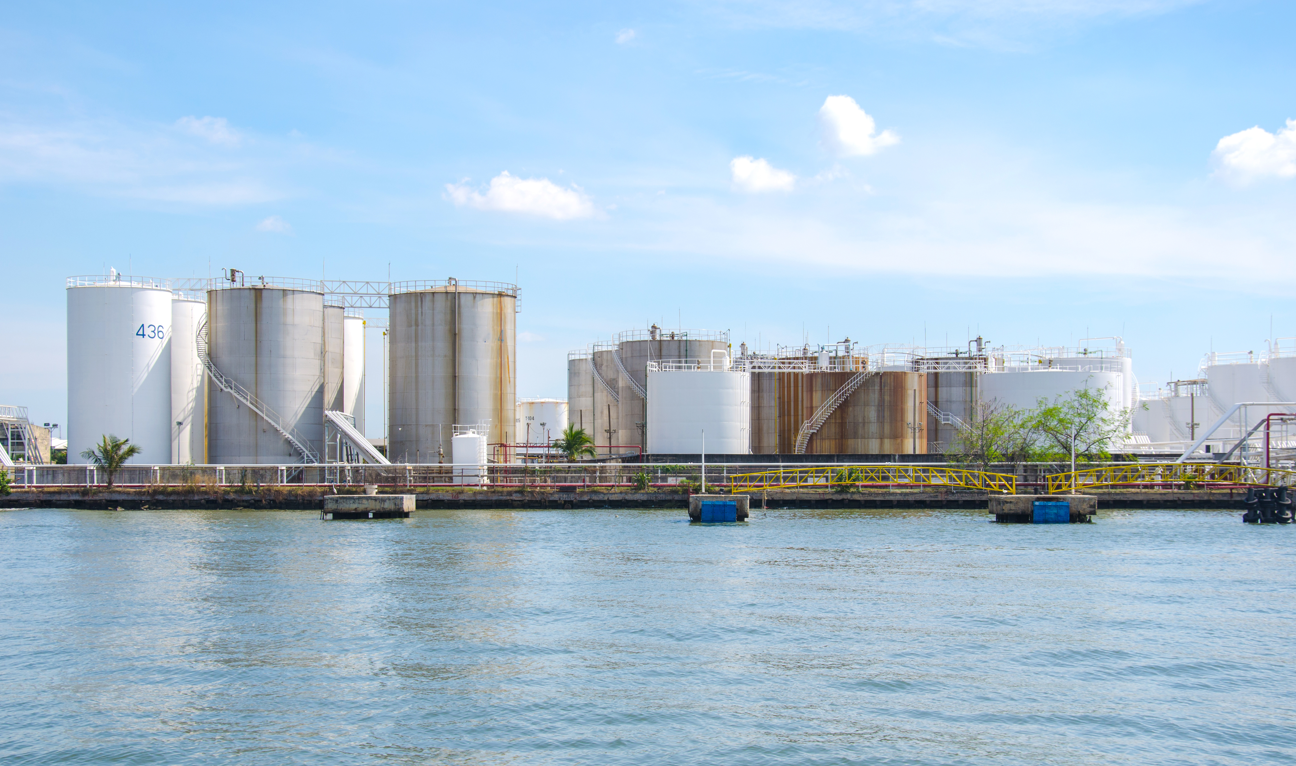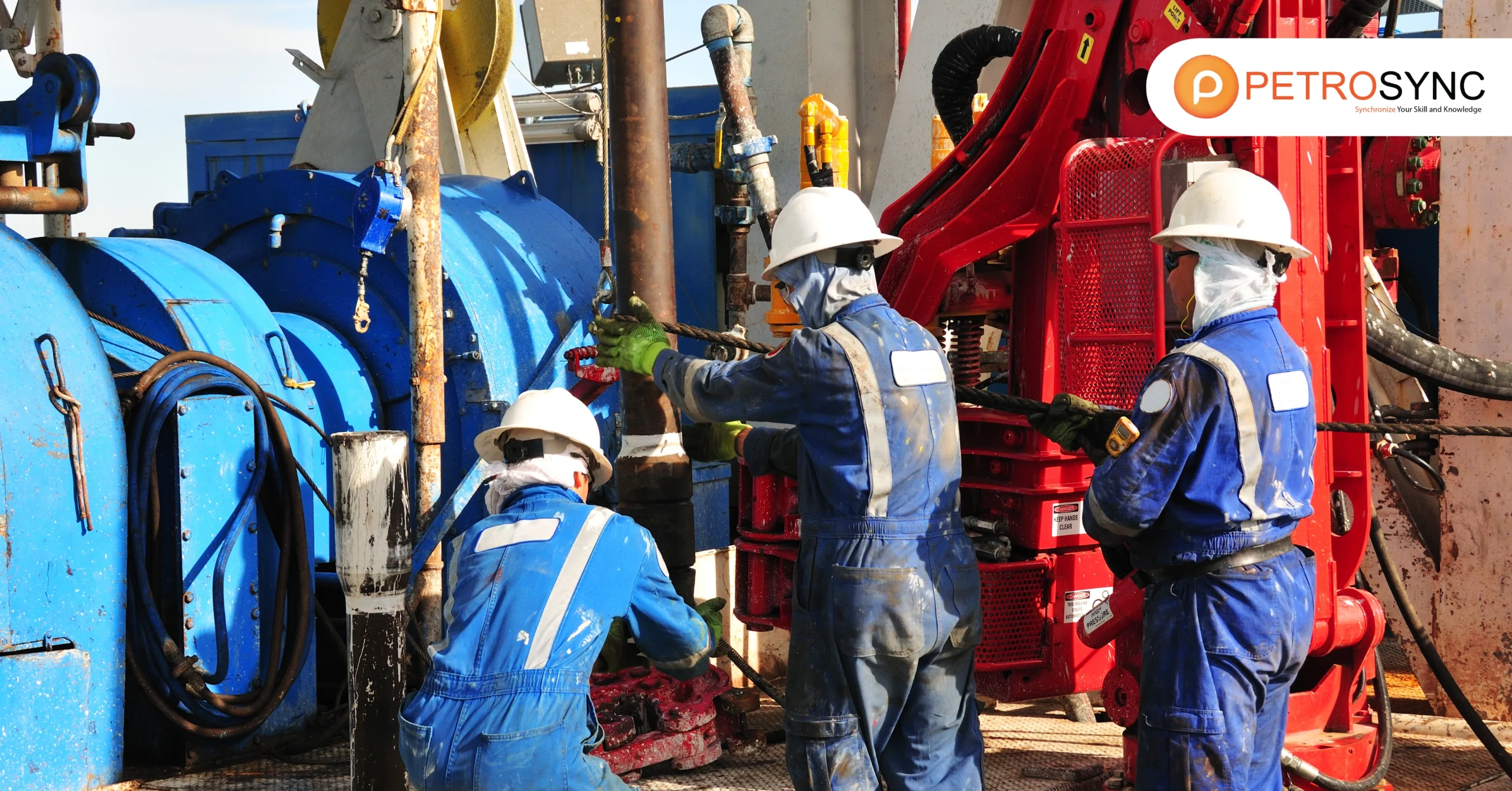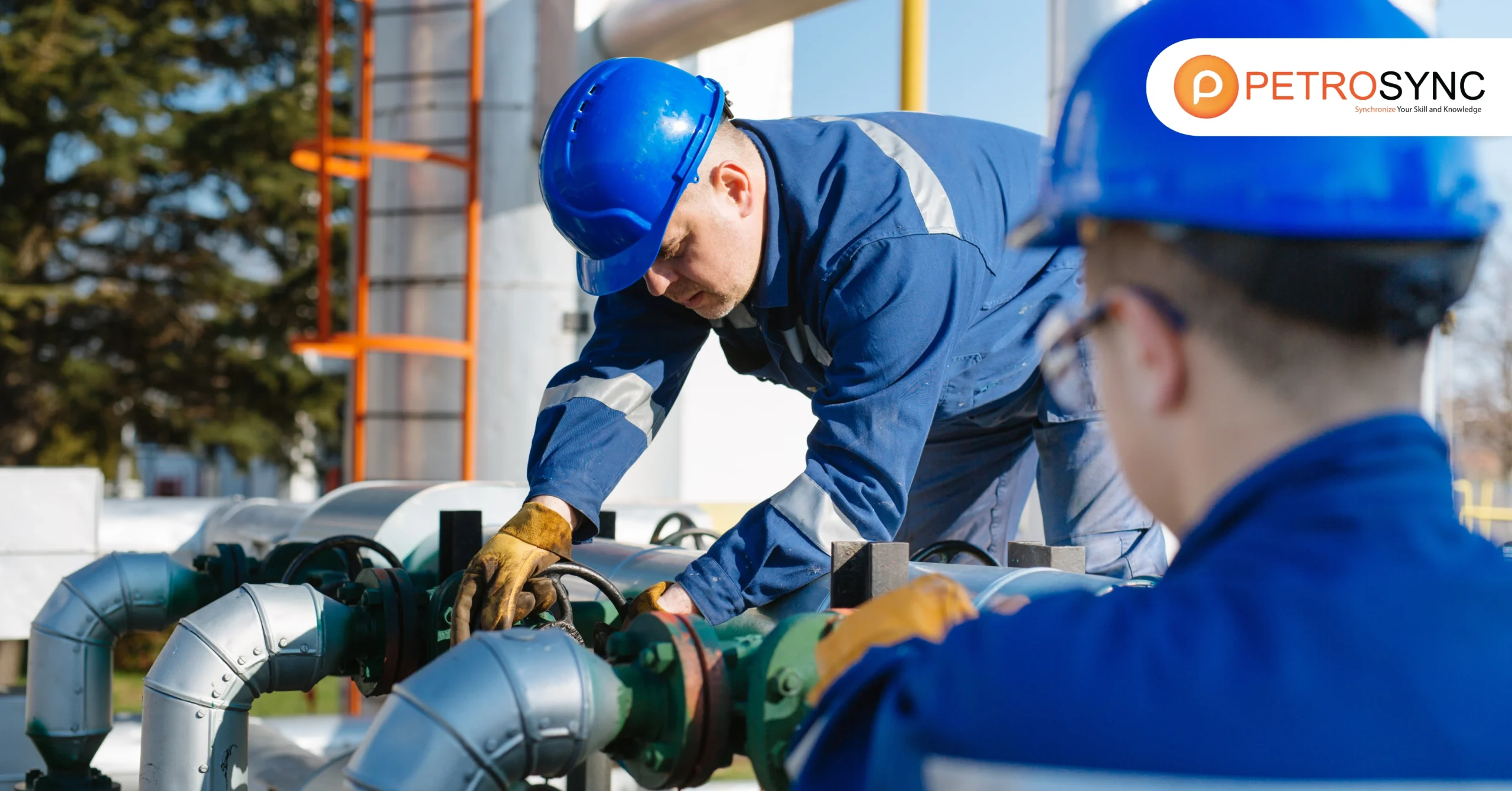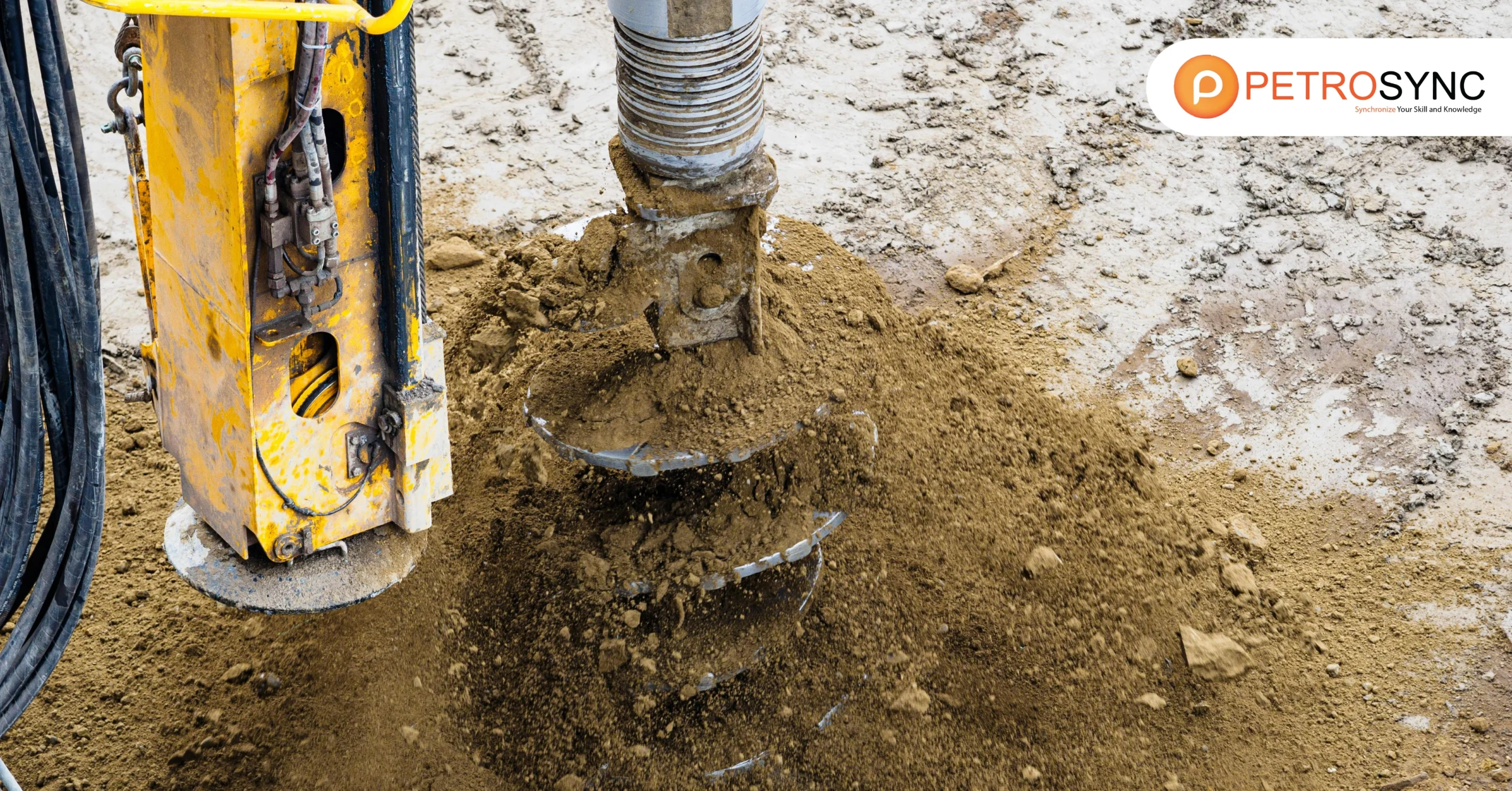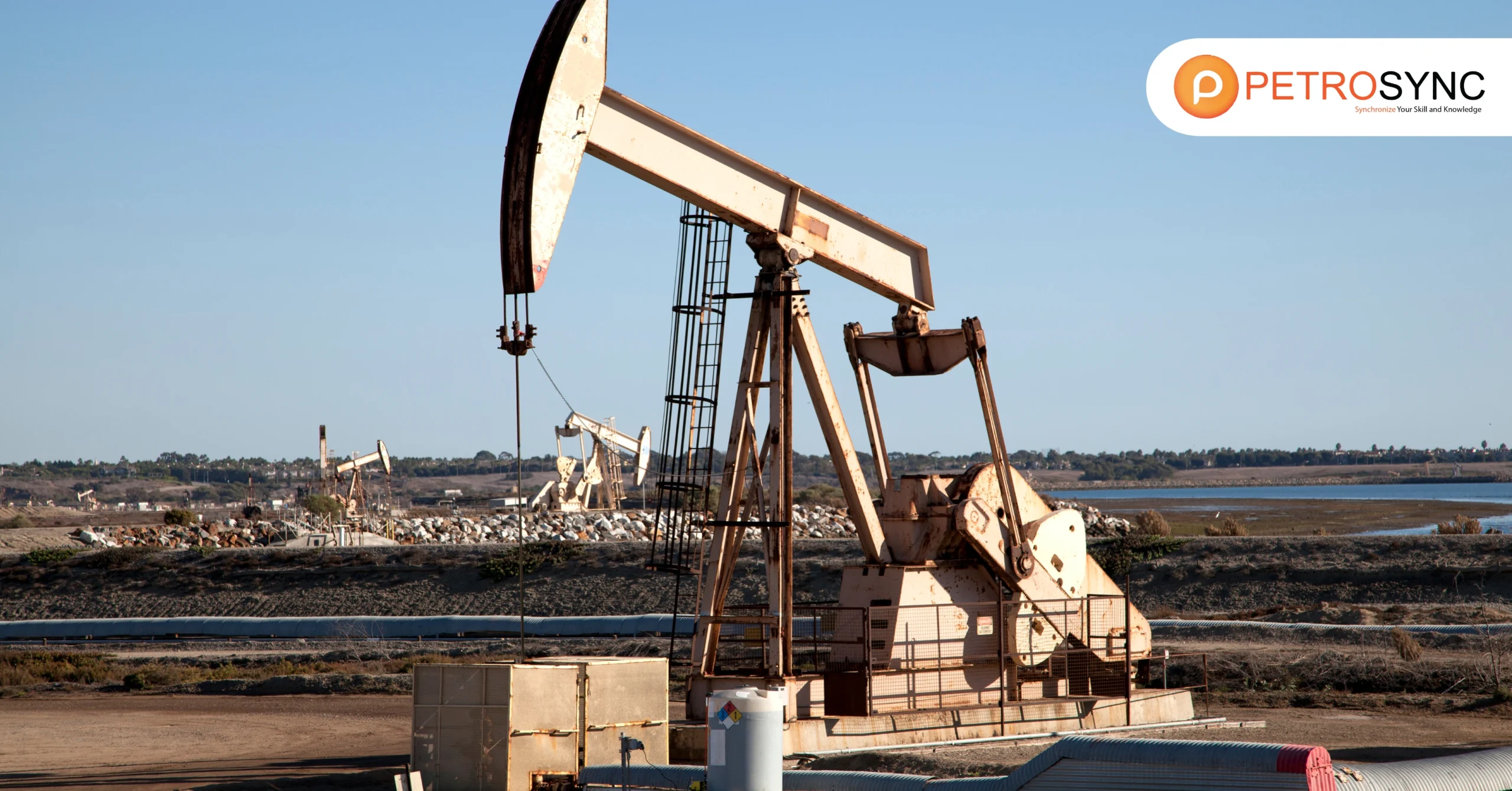Well productivity is an important factor that plays a crucial role in the efficiency and profitability of oil and gas production operations. In this article, we will delve into the concept of well productivity and explore various aspects related to maximizing the performance of oil and gas wells.
What Is Well Productivity?
Well productivity is a measure of how much fluid a well can produce or inject per unit of the pressure difference between the reservoir and the wellbore. A highly productive well can provide a lot of oil or gas, while a less productive one gives less.
Factors like the size of the reservoir, the rock’s quality, and the well’s design affect its productivity. Most companies study well productivity to understand how profitable a well can be and to make decisions about drilling and production.
What Is The Formula for Well Productivity?
The formula for well productivity involves dividing the well liquid flow rate by the delta between the “reservoir pressure” and the bottom hole pressure. It is the amount of fluid produced per unit of time divided by the pressure drop between the reservoir and the wellbore. This can be expressed as:
In short, the formula calculates how much oil or gas a well can produce based on the pressure difference between the underground reservoir and the wellbore.
How To Measure The Productivity of a Well in Oil and Gas?
To measure the productivity of a well in oil and gas, you need to consider several key variables. Here’s a detailed explanation of each variable:
1. Fluid Production Rate
This is the amount of oil or gas flowing out of the well per unit of time. It is typically measured in barrels per day (bpd) for oil or in cubic feet per day (cfd) for gas. Various instruments and meters installed at the wellhead are used to measure the actual flow rate accurately.
2. Reservoir Pressure
This refers to the pressure of the underground reservoir where the oil or gas is stored. Reservoir pressure can change over time as the well is produced, so it’s crucial to measure it accurately. Pressure gauges and sensors placed downhole or at the surface are used to monitor reservoir pressure.
3. Bottom Hole Pressure (BHP)
This is the pressure at the bottom of the wellbore, near the producing zone. It’s essential to know the BHP because it affects the flow of fluids from the reservoir to the surface. Downhole gauges and sensors are used to measure BHP accurately.
4. Pressure Drop
The pressure drop is the difference between the reservoir pressure and the bottom hole pressure. It indicates how much pressure is lost as the fluids flow from the reservoir to the wellbore. Calculating the pressure drop helps assess the performance and productivity potential of the well.
5. Fluid Properties
Besides flow rate, understanding the properties of the produced fluid such as density, viscosity, and composition is crucial. These properties can affect the flow behavior, production efficiency, and overall well productivity.
By measuring and analyzing these variables accurately, oil and gas operators can assess the productivity of a well, optimize production strategies, and make informed decisions about reservoir management, well interventions, and production enhancement techniques.
How to Maximize Well Productivity?
Several factors that can affect well productivity are as follow:
1. Optimize Reservoir Management
To optimize reservoir management, you need a deep understanding of the reservoir’s characteristics and behavior. This includes studying geological formations, fluid properties, and reservoir pressure. By utilizing advanced techniques such as reservoir simulation and modeling, you can develop effective production strategies.
The strategies may involve water flooding to maintain reservoir pressure, gas injection to enhance recovery rates, or implementing pressure maintenance techniques. The goal is to maximize hydrocarbon recovery while minimizing production challenges and reservoir depletion.
2. Use Advanced Technologies
Using advanced technologies is crucial for maximizing well productivity. Artificial lift systems like electric submersible pumps (ESP) or gas lift systems can be deployed to lift fluids from the wellbore, especially in cases where natural pressure is declining.
Hydraulic fracturing techniques are effective in creating fractures in the reservoir rock, allowing for increased fluid flow and enhanced production rates. Well-stimulation methods such as acidizing or fracking help improve permeability near the wellbore, optimizing production efficiency and overall recovery.
3. Regular Maintenance and Monitoring
Regular maintenance and continuous monitoring are essential to ensure optimal well performance. Conducting routine inspections of well equipment, surface facilities, and downhole components helps detect any mechanical issues or signs of deterioration.
Performance monitoring involves tracking production rates, pressures, temperatures, and fluid compositions to identify trends and anomalies. Integrity testing, including pressure tests and well logging, is crucial to maintain well integrity and prevent leaks or failures that could impact productivity and safety.
4. Well Design and Completion
Well design and well completion play a critical role in maximizing productivity and efficiency. Engineers must design wells with optimal configurations, including casing and cementing practices, perforation strategies, and completion techniques tailored to the reservoir’s characteristics.
Mitigating production constraints such as sand production, gas coning, or water breakthrough requires careful consideration during the design phase. Formation evaluation through comprehensive logging and testing ensures informed decisions regarding reservoir properties, rock mechanics, and fluid behavior for efficient well design and completion.
5. Enhanced Recovery Methods
Enhanced oil recovery (EOR) methods are employed to maximize hydrocarbon recovery from the reservoir. Steam injection techniques such as steam-assisted gravity drainage (SAGD) or cyclic steam stimulation (CSS) are effective for heavy oil reservoirs, reducing viscosity and improving recovery rates.
Gas injection methods like CO2 injection or nitrogen flooding displace oil and enhance sweep efficiency within the reservoir. Chemical flooding approaches, including polymer flooding and surfactant flooding, alter fluid properties to improve oil recovery mechanisms and increase overall productivity.
6. Data Analysis and Optimization
Data analysis and optimization are integral to continuously improving well productivity. Production data analysis using advanced software tools and analytics helps identify production trends, reservoir behavior, and potential areas for improvement.
Reservoir simulations and modeling simulate various production scenarios, optimizing well placement, and forecasting reservoir performance under different conditions. Based on data-driven insights and simulation results, operators develop optimization strategies to maximize production efficiency, enhance recovery factors, and ensure sustainable reservoir management practices over the long term.
What Are Some Frequently Asked Questions (FAQs) of Well Productivity?
We have compiled several frequently asked questions related to Well Productivity as follow:
1. What Is The Productivity Index of A Well Test?
The productivity index of a well test is a measure that tells us how effective a well is at producing oil or gas, calculated as the barrels of oil per day per pound differential between static and flowing bottom-hole pressure. It’s like a rating that helps us understand how easily oil or gas can flow from the reservoir into the wellbore.
A higher productivity index means the well can produce more oil or gas efficiently, while a lower index indicates less efficient production. This information is crucial for assessing the potential output and performance of a well in oil and gas production operations.
2. What Is PI in Oil and Gas?
PI in oil and gas stands for Productivity Index. Productivity index (PI) is an essential element of the oil and gas well performance evaluation package. It is defined as the quantity of oil produced for a certain drop in pressure. Alternatively, PI is the production flow rate (q) over the drawdown pressure (Δp), which can be expressed as in eq 1.
PI is used to evaluate how effectively a well can produce oil or gas from the reservoir. The Productivity Index tells us about the efficiency of the well in converting reservoir energy into fluid flow at the surface. A higher PI indicates a more productive well, while a lower PI suggests lower efficiency in extracting oil or gas.
3. What Is The Difference Between Reservoir Productivity and Well Productivity?
Reservoir productivity and well productivity are different concepts. Reservoir productivity is about how well the reservoir can supply oil or gas to the well, usually shown by the inflow performance relationship (IPR). This relationship predicts how much oil or gas the well can produce at a specific bottom-hole pressure.
On the other hand, well productivity is about how much oil or gas the well can produce at a certain wellhead pressure. It’s like measuring how well the well can deliver oil and gas to the surface. Well productivity depends on both the reservoir’s ability to supply fluids and the well’s performance in allowing those fluids to flow.
In summary, reservoir productivity focuses on the reservoir’s ability to supply oil or gas, while well productivity looks at how efficiently the well can bring that oil or gas to the surface. Both aspects are essential for understanding and optimizing oil and gas production from a well.
In conclusion, maximizing well productivity involves a combination of factors and strategies. By optimizing reservoir management techniques, utilizing advanced technologies, conducting regular maintenance and monitoring, and several other strategies, you can enhance the efficiency and performance of oil and gas wells.
It is crucial to adopt a proactive and data-driven approach to ensure sustained productivity, minimize production challenges, and maximize hydrocarbon recovery from reservoirs over time. Continuously refining and implementing these practices will help you achieve long-term success in well productivity and overall oil and gas production operations.
You can further enhance your expertise in managing well productivity by exploring drilling training offered by PetroSync. PetroSync provides well-completion and workover training that can help engineers like you hone their skills and deepen their understanding of optimizing well performance.
Our training sessions cover essential topics such as well-completion techniques, workover strategies, production optimization methods, and reservoir management principles. By participating in PetroSync‘s training programs, you can gain valuable insights, learn best practices from industry experts, and acquire practical knowledge to maximize well productivity effectively.
Credit header image: Vecteezy

SEO specialist by day, fact-checker by night. An avid reader and content writer dedicated to delivering accurate and engaging articles through research and credible sources.

